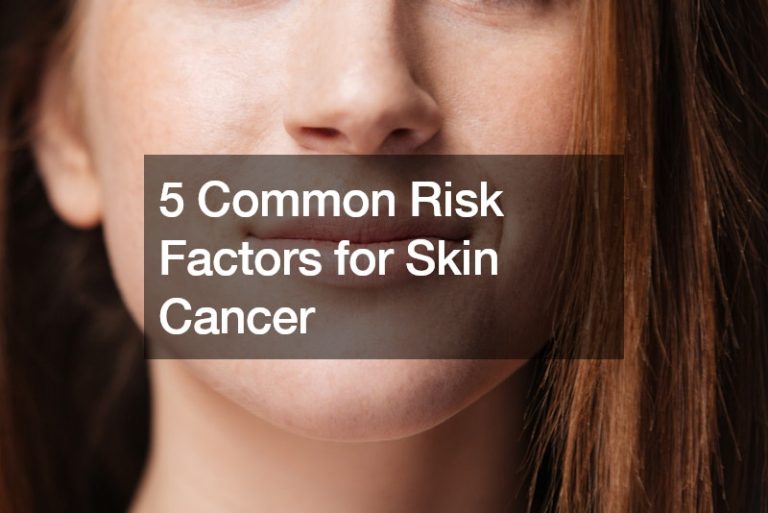

Dry skin combined with breakouts is often a result of several interconnected factors. Many people struggle with the frustrating combination of flaky, tight skin and persistent acne, which can feel like a never-ending battle. Understanding the underlying causes of this issue is crucial for finding effective treatments and achieving healthier skin.
1. Over-Cleansing Your Skin
One common cause of dry skin with breakouts is over-cleansing. Many people believe that washing their face multiple times a day will help manage oil and prevent acne.
However, this approach can backfire. Over-cleansing strips away the skin’s natural oils, which are essential for maintaining hydration and a healthy skin barrier.
When you remove too much of these oils, your skin becomes dry and irritated. In response, your sebaceous glands start producing more sebum to compensate for the loss of moisture. This excess oil can become trapped in your pores, leading to breakouts. To avoid this problem, stick to cleansing your face only once a day, preferably at the end of the day to remove dirt and impurities accumulated throughout the day.
2. Overusing Harsh Skin Care Products
Another reason you might have dry skin and breakouts is the overuse of harsh skin care products. Ingredients like salicylic acid, glycolic acid, and retinol are known for their acne-fighting properties, but they can also be quite drying if used excessively. These ingredients work by exfoliating the skin and unclogging pores, but too much of them can strip away beneficial oils and irritate your skin.
3. Not Using Moisturizer
Many people with acne-prone skin avoid using moisturizers for fear that it will make their acne worse. However, this is a misconception. Moisturizers play a crucial role in maintaining the skin’s hydration balance. Without adequate moisture, your skin can become dry and irritated, which can signal your sebaceous glands to produce more oil and exacerbate breakouts.
4. Using the Wrong Acne Treatments
If you’re struggling with dry skin and breakouts, it’s important to evaluate your acne treatment products. Many acne treatments, such as benzoyl peroxide and salicylic acid, can be overly drying, especially if used in conjunction with other strong ingredients. Instead, consider using retinoids like adapalene, which are effective in treating acne but tend to be less irritating compared to some other treatments.
5. Lack of Hydration in Your Diet
Skin health is also influenced by what you consume. A diet low in water and essential nutrients can contribute to dry skin and breakouts. Staying hydrated by drinking plenty of water and eating a balanced diet rich in vitamins and minerals can support your skin’s health from the inside out. Also, incorporate foods rich in omega-3 fatty acids, including fish, flaxseeds, and walnuts, as well as fruits and vegetables rich in vitamins A, C, and E. These nutrients help maintain skin hydration and combat inflammation, which can help reduce breakouts.
Effective Tips for Managing Dry Skin with Breakouts
Now that you know why dry skin can still break out, let’s look at some effective ways to manage this skin condition.
1. Choose Gentle Cleansers
Switch to a gentle, hydrating facial cleansing wash that doesn’t contain harsh ingredients like sulfates. Look for products labeled as “mild” or “hydrating,” and avoid those with strong exfoliants or drying agents. A good rule of thumb is to cleanse your skin only once a day, ideally at night, to remove impurities without stripping away essential moisture.
2. Incorporate an Oil-Free Moisturizer
An oil-free moisturizer helps maintain your skin’s hydration levels without clogging pores. Opt for a product that includes hydrating ingredients like hyaluronic acid or ceramides, which help repair the skin barrier and retain moisture. Applying moisturizer after cleansing helps lock in hydration and can prevent your skin from becoming too dry.
3. Use Niacinamide for Balanced Skin
Niacinamide is a versatile ingredient that can help with both dryness and acne. It strengthens the skin barrier, reduces inflammation, and helps manage acne. Look for serums or moisturizers containing niacinamide to help address both dryness and breakouts.
4. Apply Retinoids Wisely
If you use retinoids for acne treatment, start with a lower concentration and gradually increase as your skin adjusts. Adapalene is a good choice for those with dry skin because it is effective but less likely to cause severe dryness. Use it sparingly and consider applying it only a few times a week.
5. Consider Occasional Use of Petroleum Jelly
Petroleum jelly can be used occasionally to lock in moisture. Apply a thin layer over your face once or twice a week after your moisturizer to prevent water loss and help your skin recover from dryness. Make sure to use a non-comedogenic, unperfumed product to avoid exacerbating your acne.
Key Takeaways
Dry skin that breaks out can be challenging, but understanding the causes and implementing the right strategies can make a significant difference. By adjusting your cleansing routine, choosing the right products, and maintaining good hydration both topically and through your diet, you can manage dry skin and breakouts more effectively.
If you’re struggling to find the right balance, remember that a tailored approach is key. Experiment with different products and routines to see what works best for your skin type, and don’t be afraid to consult a dermatologist for personalized advice. With these tips, you can achieve a more balanced and clear complexion.
.



